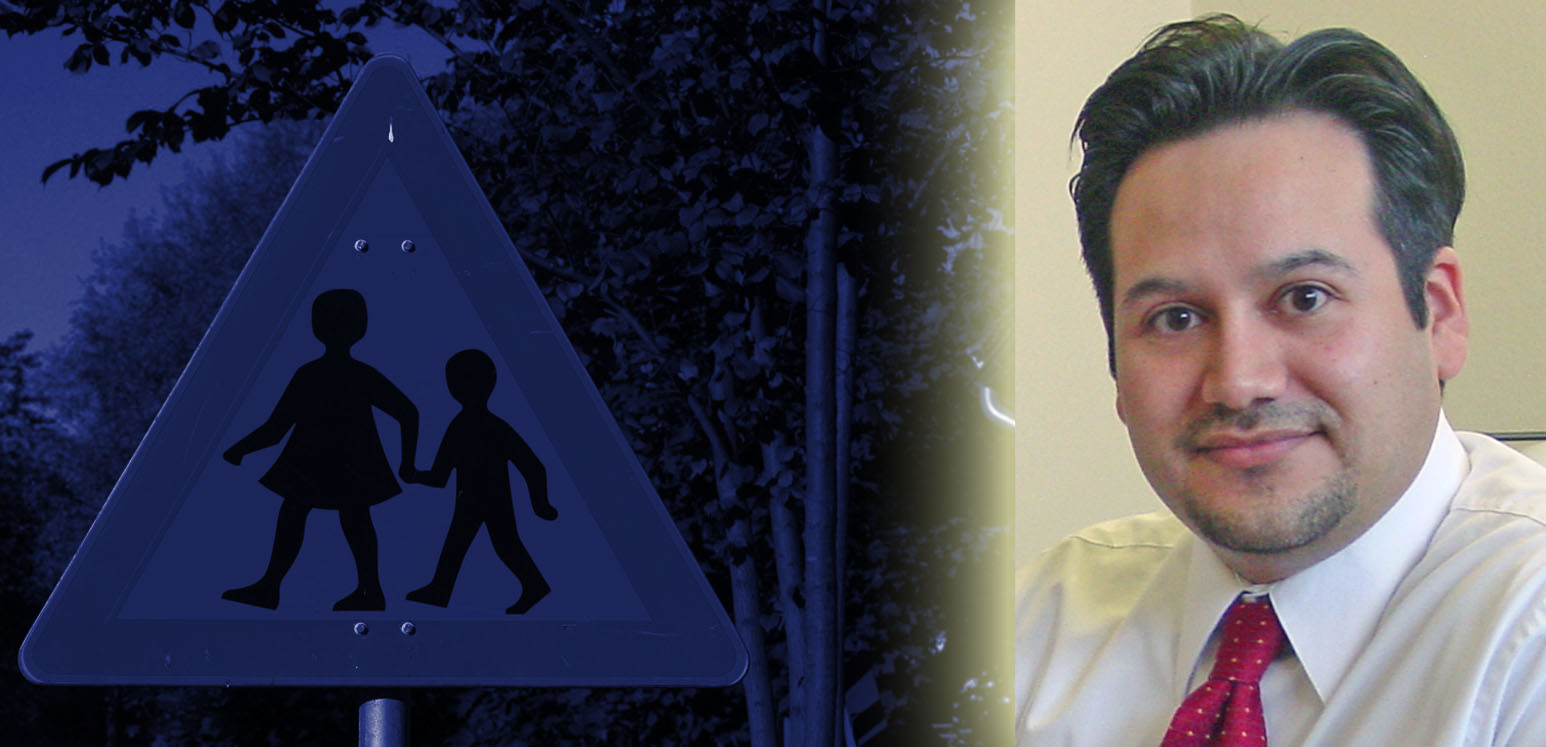10 back to school safety rules
By Steve Martinez
For Today’s Catholic
It’s that time of year again, summer is coming to a close and school is about to begin. As we prepare our children for this school year by purchasing the latest and greatest school clothes and supplies we also have to remember to teach them how to be safe. We protect our children and youth when they are in our care. However, once school starts, we allow our children to leave the nest and be on their own. The archdiocesan Office of Victim Assistance & Safe Environment has compiled ten safety rules for parents and guardians to implement with their children.
Take time to update your child’s ID photo. A recent photo is one of the most important tools needed by law enforcement if a child goes missing. Children grow and change quickly, so take time to take photos. It doesn’t have to be professional, use your phone.
Know which adults have access to and contact with your child and make sure they have been properly screened. Most school districts and the catholic schools properly screen employees and visiting adults, however, check with smaller organizations as daycares, afterschool care, and sporting organizations. Also, it’s very important to get to know your child’s friends and their parents/guardians, as well as where they live.
Check with the school to see what policy it has regarding posting names and photos online. Identifying/personal information should not be posted in a public forum. If photos are posted, they should be group photos that do not identify individual children in any way.
Stay clear of personalized items labeled or embroidered with your child’s name, such as backpacks, lunchboxes, and gym bags. Items labeled in this manner make it easier for someone to call your child by their name and strike a conversation that could potentially be dangerous.
Discuss with your child what he/she should do if anyone follows, approaches or in any way bothers him/her. Include instructions to get away quickly and to tell a trusted adult. Teach your child that if anyone tries to take him/her away, he/she should yell loudly and make every effort to get away by kicking, screaming and resisting. They need to draw attention to themselves and the situation.
If your child goes home alone, make sure the rules for safety at home are clearly understood. Prepare an emergency contact list (kept close to the telephone) that includes phone numbers for you, law enforcement, the fire department, ambulance service, doctor, poison control, and at least one trusted adult.
If your child rides the school bus, make sure your child walks where they can see the school bus driver (which means the driver will be able to see them too). Remind your child to wait for the bus to stop before approaching it from the curb.
If your child rides in a car to and from school, be sure all children younger than 13 years of age ride in the rear seat of the vehicle. If you must drive more children that can fit in the rear seat, move the front-seat passenger’s seat as far back as possible and have the child ride in a booster seat if the seat belts do not fit properly without it (According to the American Academy of Pediatrics).
If your child rides a bike to school, make sure they ride on the right, in the same direction as auto traffic and ride in bike lanes if they are present. Also, be sure they understand and use appropriate hand signals. Make sure your child wears a proper fitting helmet.
If your child walks to and from school, have them avoid using headphones, phones, and devices while crossing the street. Crosswalks require full attention and these devices may impair a child’s judgment and act as a distractor.
Steve Martinez is executive director of the archdiocesan Office of Victim Assistance and Safe Environment.


